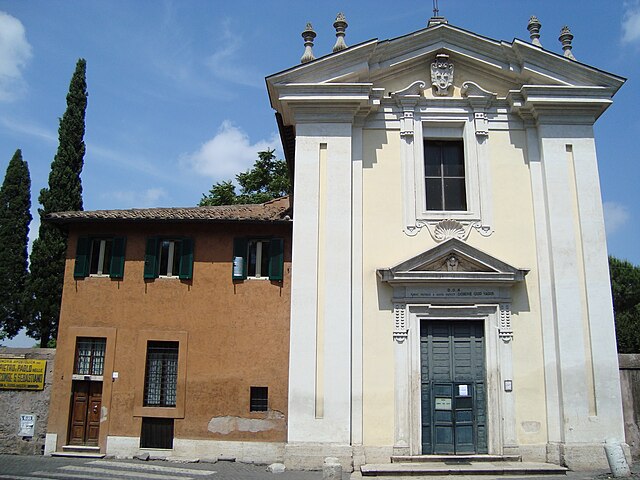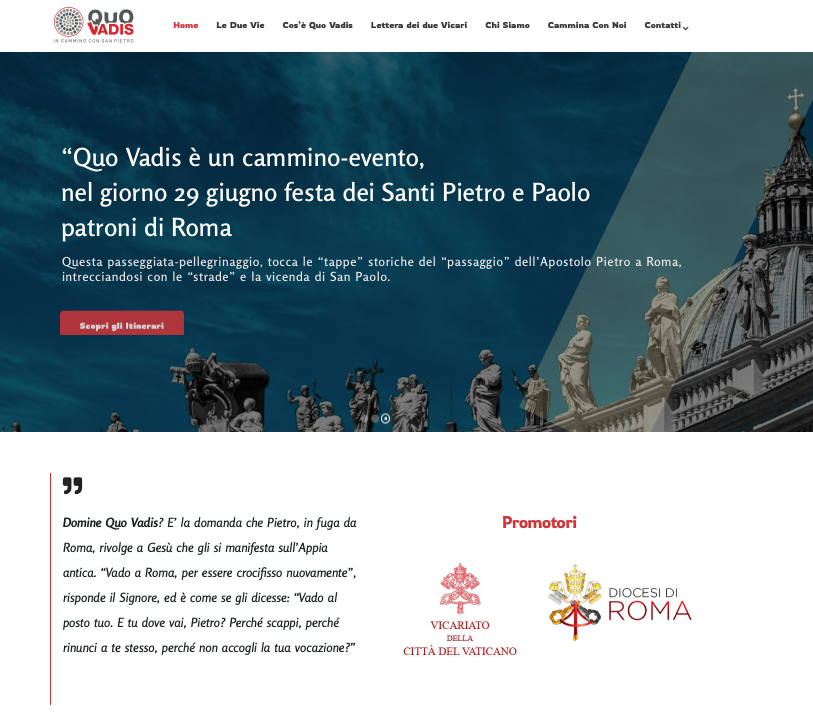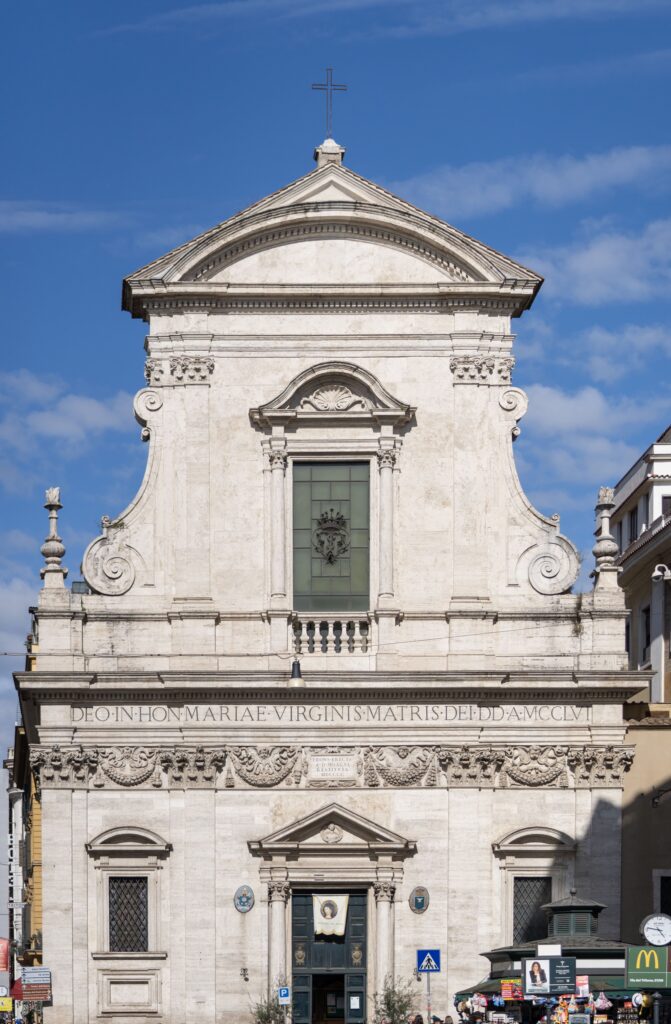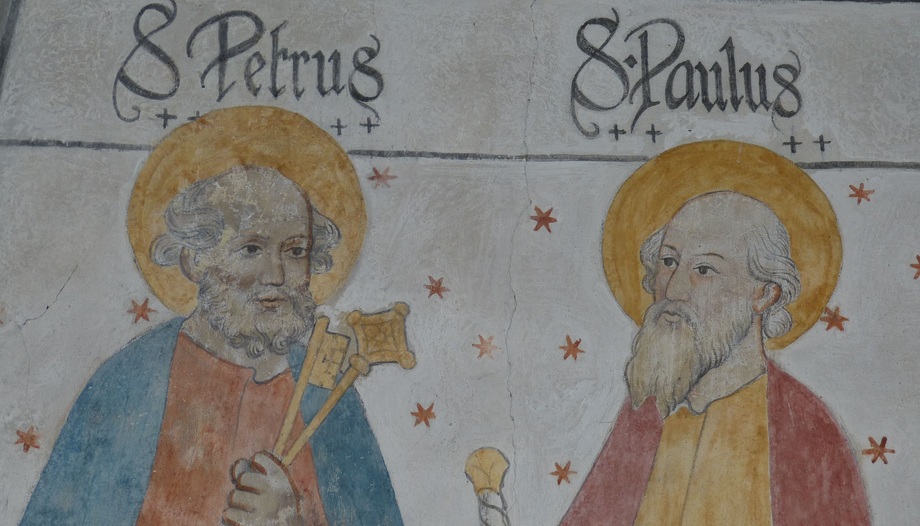Anyone who decides to visit St. Peter's Basilica at this time of year will come across the imposing scaffolding erected for the restoration of Bernini's baldachin.
Down there, perpendicular to the altar, is the tomb of the apostle to whom Jesus gave the mandate to confirm his brothers in the faith.
June 29 is the solemnity commemorating the two princes of the Church, Peter, the humble fisherman from Galilee who became the vicar of Christ, and Paul, the learned Pharisee, originally from Cilicia, who grew up in the school of Gamaliel and transformed himself from a fierce persecutor of the nascent Church into a tireless apostle of the Gentiles.
The two patron saints of the eternal city are remembered together and this year they will be celebrated with a series of initiatives promoted by the Vicariates of the dioceses of Rome and Vatican City, in collaboration with the Ministry of Culture and the Municipality of Rome and Panathlon International.
In particular, on Saturday 29 is scheduled "Quo Vadis", a walk-event that touches on the historical stages of the presence of the two apostles in the capital of the empire; on Sunday, June 30, instead, is scheduled "Peter and Paul in Rome", a theatrical show by and with Michele La Ginestra.
The Quo Vadis walk
Particularly noteworthy is the Quo Vadis walk, which, according to the organizers' intentions, should become a fixed date every year. According to tradition, when Peter was leaving Rome fleeing the persecutions of Nero, Jesus appeared to him on the Appian Way. The apostle asked him where he was going ("Quo vadis Domine?") and Christ replied: "I am going to Rome, to be crucified again". At that point Peter returned, to be martyred in Nero's circus, crucified upside down and then buried in the nearby necropolis of the Ager Vaticanus.
The tomb immediately became a place of pilgrimage, even before the construction of the primitive Constantinian basilica. But it was not until the twentieth century that the tomb of Peter was identified with certainty, with the excavations ordered by Pius XII between 1939 and 1958 and the research of the well-known archaeologist Margherita Guarducci.
If the tomb has been identified with certainty where the famous trophy of Gaius and the red wall with graffiti, including the famous "Petros eni" (presumably "Peter is here", in Greek), some doubts remain as to the exact location of the bones. However, faith can amply compensate for the uncertainties of science.
The crossroads between Peter and Paul
Today, on the Via Appia - the 'Regina Viarum' of the ancient Romans - near the catacombs of St. Callistus, there is a small church commemorating the 'Quo vadis Domine?'The same road 'crosses' the path of Peter and Paul, who came from here to Rome, were imprisoned and then found martyrdom there, according to tradition. And that same road 'crosses' the path of Peter and Paul, who from here came to Rome, were imprisoned and then found martyrdom there, according to tradition, where today stands the abbey of Tre Fontane.

Friar Agnello Stoia, pastor of St. Peter's, explains that the basic idea of the initiatives is "to give back to Rome the permanence of its patrons, who give a character of universality to this city".
St. Peter's house arrest
The human stories of Peter and Paul in Rome intersect, cross, separate and unite, in the streets of Rome and as the streets of Rome". The urban walk will touch on all the places linked to the two apostles.
Among others - in addition to the basilicas of St. Paul Outside the Walls and St. Peter in the Vatican - St. Sebastian Outside the Walls, where the relics of Peter and Paul were supposedly transferred in 258 before returning to the Vatican, and in the Ostiense, as well as one of the Seven Churches traditionally visited by pilgrims on the occasion of the Jubilee; Santa Prisca, the splendid basilica on the Aventine, dedicated to the martyred daughter of Aquila and Priscilla, Paul's friends who lived here; the Carcere Mamertino, where the two apostles were imprisoned; and again Santa Maria in Via Lata, where Paul is said to have spent the two years of "house arrest."
The route includes two paths, one longer and one shorter, at the end of which you will receive a "pietruzza", a small stone that symbolizes the road traveled. It is precisely the "sanpietrino", evoked in the logo "Quo Vadis", which links Peter, Rome and its streets.

This is an opportunity for citizens, tourists, families and the faithful to rediscover or visit for the first time many places - including the Colosseum Archaeological Park, which is free to visit exclusively for participants - churches, art treasures and fascinating history. The program is available at https://sanpietroquovadis.it/
As far as St. Peter's is concerned, it is interesting to recall an ancient custom. In the central nave of the Vatican Basilica, on the right, before the transept, there is a large bronze statue of the first Pope. St. Peter at the Chair" is a work attributed to the 13th century sculptor Arnolfo di Cambio (although some scholars date it to the 5th century, commissioned by St. Leo the Great, who had a statue of Jupiter cast).
It was Paul V Borghese, pontiff between 1605 and 1621, who ordered the statue to be placed in the basilica, after having been in the cloister of St. Martin for a long time. The statue stands on a marble throne of the Renaissance period, while in 1871 Pius IX ordered the construction of the baldachin that covers it.
The statue represents St. Peter on the episcopal chair. His right hand blesses in the Greek manner, that is, with two fingers, while in his left hand he holds the keys of the Kingdom of Heaven. The vestments are classic: a tunic down to the feet and, over the shoulder, the manly mantle. The particularity of the feast is that, on June 29, the statue is dressed with the tiara and the pontifical vestments, a long red and golden cloak, which also serves to underline the universal power of the Vicar of Christ.
The right foot of the statue is visibly worn by centuries of popular devotion. With the construction of the Constantinian basilica, in fact, the tomb of Peter had become inaccessible, so it is still a tradition for the faithful to kiss or caress the foot of the statue as an act of veneration.
Some curiosity
In 2020, during the pandemic, the celebrations in the Vatican Basilica on the occasion of the feast of Saints Peter and Paul were held behind closed doors, but Pope Francis went to venerate in person the statue of the first Pontiff.

Another peculiarity, perhaps little known but that can be "discovered" through the "Quo Vadis" walk, is linked to the basilica of Santa Maria in via Lata. It stands on what is now the central Via del Corso and was once the first stretch of the Via Flaminia. In the crypt of the church, according to tradition, St. Paul would have lived during his imprisonment in Rome.
The house would have been that of St. Luke the Evangelist, who would have written the Acts of the Apostles here, and would also have housed Peter. Above the entrance to the crypt, a marble plaque bears the inscription, in Latin, "Oratory of St. Paul the Apostle, St. Luke the Evangelist and Martial Martyr, where the rediscovered image of the Blessed Virgin Mary was found, one of the seven painted by Blessed Luke," in memory of the presence in that place of some of the first and most important witnesses of the Christian faith.
-Rome








